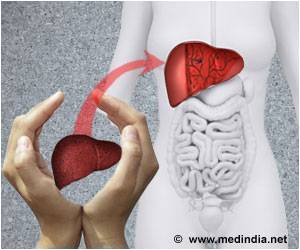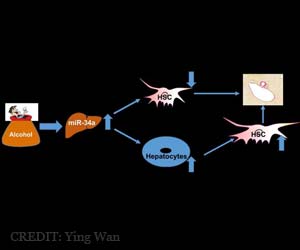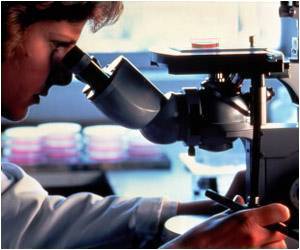Routinely assessing liver fibrosis in type 2 diabetes mellitus patients can help identify previously undiscovered cases of advanced liver disease such as liver fibrosis, reports a new study.

‘Non-alcoholic fatty liver disease is considered as the liver manifestation of metabolic syndrome and affects around 25 percent of adults globally.
’





Non-alcoholic fatty liver disease (NAFLD) is a progressive condition characterized by deposition of fat in the liver that, eventually, leads to inflammation and scarring (known as a fibrosis). This more advanced condition is known as non-alcoholic steatohepatitis (NASH). T2DM is an important risk factor for NAFLD, with prevalence as high as 50% in this population, and may also accelerate progression to NASH and liver cirrhosis. Despite some guidelines recommending screening for NASH or advanced fibrosis in at-risk populations, it is not universally implemented and remains controversial. In this pilot study, a two-tier fibrosis assessment was incorporated into a routine diabetic review for 477 successive patients with T2DM (between April 2018 and September 2019). All patients over 35 years of age had their FIB-4 score (a measure of potential liver fibrosis based on blood biomarkers and age) calculated.
A total of 84 patients had a FIB-4 score above the age-related cut-off, of whom 56 were suitable for the assessment of their fibrosis by transient elastography (FibroScan ). Patients with a liver stiffness measurement (LSM) of less than or equal to 8 kPa remained in primary care and were advised to repeat staging in 3 years. However, 24 patients had an LSM of >8 kPa, indicating significant fibrosis, and were referred to secondary care. Patients thought to have advanced fibrosis/cirrhosis on specialist assessments were enrolled in surveillance programs.
The overall rate of advanced fibrosis/cirrhosis was 4.8%, representing a 7-fold increase in the diagnosis of advanced liver disease/cirrhosis over what had been previously experienced in patients with diabetes at this center. In addition, the study found that over 50% of patients who were diagnosed with significant fibrosis or advanced liver disease presented with normal alanine aminotransferase (ALT) levels. Two asymptomatic patients were also diagnosed with hepatocellular carcinoma.
'We identified a significant number of patients with advanced liver disease, over half of whom had normal ALT, who would have been missed if only national guidelines had been followed,' said Dr. Dina Mansour, Consultant Gastroenterologist at the Queen Elizabeth Hospital in Gateshead, UK. 'To our knowledge, this is the first pathway incorporating two-tier liver fibrosis assessment into routine diabetic reviews in primary care.'
Advertisement
Source-Eurekalert















